Study finds that more Pacific salmon are migrating into the Canadian Arctic due to ocean warming
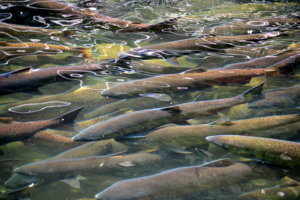
New research has linked ocean warming to higher Pacific salmon abundance in the Canadian Arctic, an indicator that climate change is creating new corridors for the fish to expand their range.
Salmon haven’t historically been seen in large numbers in the Arctic Ocean and its watersheds, but in recent years incidental catches by subsistence fishermen have occasionally surged. Researchers at the Department of Fisheries and Oceans Canada (DFO) and the University of Alaska Fairbanks (UAF), working together with communities in the western Canadian Arctic, connected those salmon booms with a sequence of warm, ice-free conditions in the Arctic Ocean north of Alaska.
The study, published in Global Change Biology, determined that a two-part mechanism was tied to the presence of salmon in the Canadian Arctic. Warm late-spring conditions in the Chukchi Sea, northwest of Alaska, drew salmon into the Arctic. When those warm conditions persisted in the summertime Beaufort Sea, northeast of Alaska, salmon could continue to Canada.
By comparing National Oceanic and Atmospheric Administration (NOAA) satellite data since 2000 to salmon catch rates, researchers found a correlation between salmon abundance and the ocean conditions that favored their movement into the Arctic.
“You need both gates to be open, which is fascinating in itself,” said Curry Cunningham, an associate professor at UAF’s College of Fisheries and Ocean Sciences. “If they don’t align in terms of having open, ice-free water, salmon don’t turn that corner.”
Indigenous communities in the Canadian Arctic have been tracking incidental salmon catches with DFO as part of the Arctic Salmon Program. For more than 20 years, salmon caught outside their typical range have been recorded by subsistence harvesters who target other Arctic species, including Dolly Varden and Arctic char.
Chum and sockeye salmon have been the most frequently caught salmon species, followed by pink salmon. Those catches are largely consistent with previous research showing that chum and sockeye have more tolerance for cold temperatures than other salmon, allowing them to more easily transition into Arctic waters. Karen Dunmall, a research scientist at Fisheries and Oceans Canada, said such range expansion concerns many people in the region.
“It really helps to address some questions from community members about biodiversity change and subsistence and how they feed their families,” said Dunmall, the co-lead author of the study. “Some years there were salmon, some years there were no salmon. No one really wanted the salmon, but they wanted to know what was going on.”
Frankie Dillon, an Indigenous fisherman who helps conduct fish surveys DFO, remembered seeing his first salmon in about 2010 on the Big Fish River in the northern Yukon while tagging Dolly Varden. At that time, salmon were so rare in the region that he didn’t know what he was looking at.
“I had to ask, ‘What kind of fish was that?’” Dillon said of the chum salmon. “It’s the first time I’d seen it in my life. I’d only seen them on TV before.”
Salmon sightings have become more frequent in the years since then, and climate models predict the conditions that allow salmon to migrate through the Chukchi and Beaufort seas will become common as early as the 2040s.
Although the study focused on western Canada, those changing conditions are likely causing range expansion throughout the region, researchers said.
“It’s not as if these fish are all skipping Alaska and heading to Canada,” said Joe Langan, who co-led the project as a UAF postdoctoral fellow. “Some of these salmon are ending up on Alaska’s North Slope too.”
Now that you've reached the end of the article ...
… please consider supporting GSA’s mission to advance responsible seafood practices through education, advocacy and third-party assurances. The Advocate aims to document the evolution of responsible seafood practices and share the expansive knowledge of our vast network of contributors.
By becoming a Global Seafood Alliance member, you’re ensuring that all of the pre-competitive work we do through member benefits, resources and events can continue. Individual membership costs just $50 a year.
Not a GSA member? Join us.
Author
Tagged With
Related Posts
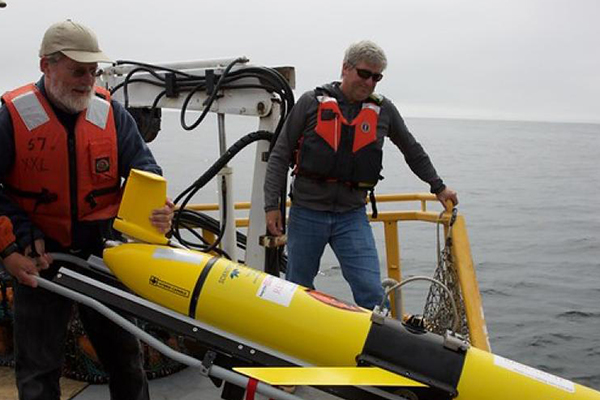
Responsibility
Study: Hypoxia is widespread in the ocean and increasing off the U.S. Pacific coast
A study found that in 2021, more than 50 percent of the continental shelf experienced the low-oxygen condition known as hypoxia.
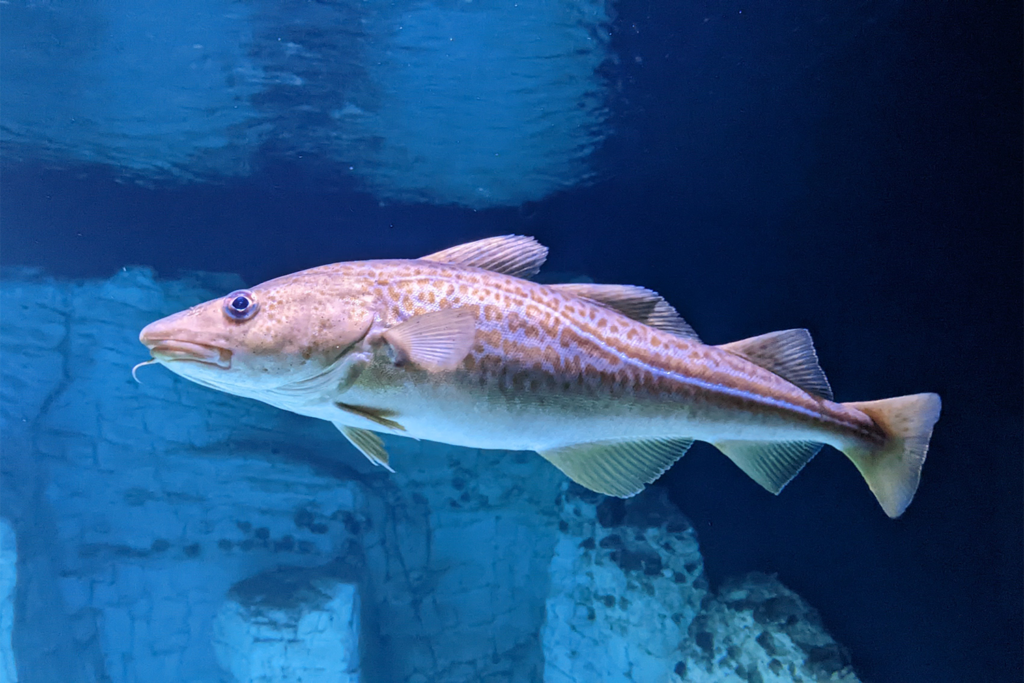
Fisheries
Larger Atlantic cod favor colder waters: The influence of body size on behavioral thermal preference
Research improves understanding of the complex interplay between temperature, fish size and ecological responses to aid conservation and management.
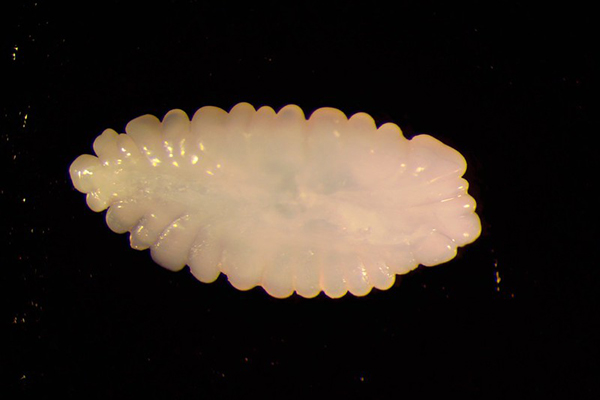
Responsibility
Are marine heatwaves causing Pacific cod to reproduce and hatch earlier?
Marine heatwaves trigger shift in hatch dates and early growth of Pacific cod, concludes a new study from Oregon State University.
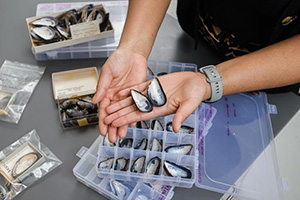
Responsibility
Have mussel shells become more porous due to climate change?
A new study reveals East Coast mussel shells have become weaker and more susceptible to damage due to climate change.



